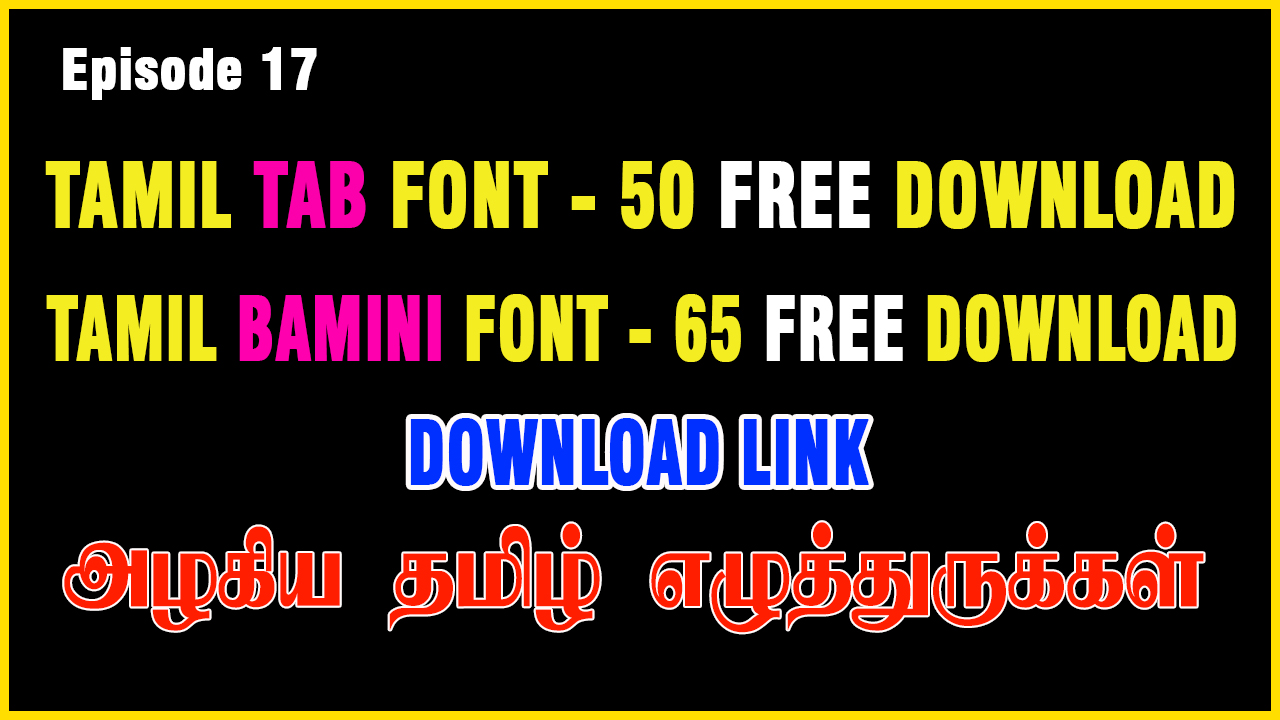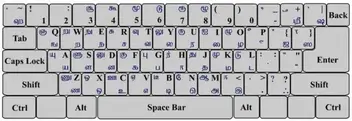- How To Install Bamini Tamil Font In Ms Word 2007 Pdf
- How To Install Bamini Tamil Font In Ms Word 2007 Download
 1. Check to see what languages are installed. Click the Start Menu, followed by All Programs, Microsoft Office, then Microsoft Office Tools followed by Microsoft Office 2007 Language Settings. Microsoft Office 2003 users may follow the same procedure. In the dialog box that appears, search for Tamil in the list. If it is present, continue to step 3 to enable it and set it as the default editing language. If not, follow step 2.
1. Check to see what languages are installed. Click the Start Menu, followed by All Programs, Microsoft Office, then Microsoft Office Tools followed by Microsoft Office 2007 Language Settings. Microsoft Office 2003 users may follow the same procedure. In the dialog box that appears, search for Tamil in the list. If it is present, continue to step 3 to enable it and set it as the default editing language. If not, follow step 2.Tamil is the official language of Tamilnadu State in India. Silicon image sil3124 drivers for mac. To type in tamil language you have to download and install tamil fonts in your system. We are providing most popular Tamil font used for typing. Latha Tamil font, Bamini, amudham, Valluavar Tamil font for Download. Sony memory stick pro duo driver for windows 10. Bamini Font How to Install? Google slides free download for mac. If you want to install the Bamini font for android and other tools like word, follow the step-by-step guide. Bamini Tamil Keyboard Layout. The perfect way to learn and map the keyboard layout. No matter if you are an expert or a newbie, check the correspondent letters in English for the Bamini Tamil Keyboard layout. Open Fonts by clicking the Start button, clicking Control Panel, clicking Appearance and Personalization, and then clicking Fonts. Click File, and then click Install New Font. If you don’t see the File menu, press ALT. In the Add Fonts dialog box, under Drives, click the drive where the font that you want to install is located.

In addition to Shruti, one can also use Arial Unicode MS or any other Gujarati Unicode font to type Gujarati in Microsoft Word. Huawei smartax mt880a firmware. There are NO special Gujarati Unicode fonts for Microsoft Office; the same fonts used by other applications can be used in Microsoft Office as long as they are supported by Windows.
2. Download and install the Tamil Language Interface Pack for Microsoft Office 2003 or 2007. From the Language Interface Pack page, select the appropriate version of the Tamil Pack for your version of Office. In the download page, click Download and then Install. Once this is complete, click Run to begin the installation process after downloading the file. Follow the on-screen instructions to complete the installation procedure.
3. Configure the Tamil Language Interface Pack. Click the Start Menu, All Programs, Microsoft Office, Microsoft Office Tools and then Microsoft Office 2007 Language Settings. In the Editing tab of the dialog box that appears, scroll through the available list of languages and select Tamil. Click the add button to enable it. To set it as your primary editing language, click Tamil after adding it to the list. Changes will take effect the next time an Office application is run.
4. Enable the Tamil Keyboard layout. Click the Start Menu and click Control Panel. In the Control Panel, Windows XP users should click Date, Time, Language and Regional Options. Windows Vista users should click 'or other input methods' under the Clock, Language and Region option. In the dialog box that appears, Windows XP users should select the Language tab and click the two check boxes to install the additional files required. Windows XP users then click the Details button in the same tab to add the Tamil keyboard layout. Windows Vista users can select Tamil from the list in the General tab, or click Add if it does not appear on the list.
5. Test the new setup. To test the new font and keyboard layout, open Microsoft Word by clicking on the Start Menu, All Programs, Microsoft Office and the Microsoft Word 2003/2007. If you set Tamil as your default input language, begin typing to verify that all steps were successful. If Tamil is not the default language, first ensure that the Tamil keyboard layout is enabled by clicking the small keyboard icon on the task bar at the lower right corner of the screen and selecting Tamil. Then begin typing to verify that Tamil support is working.
How To Install Bamini Tamil Font In Ms Word 2007 Pdf
